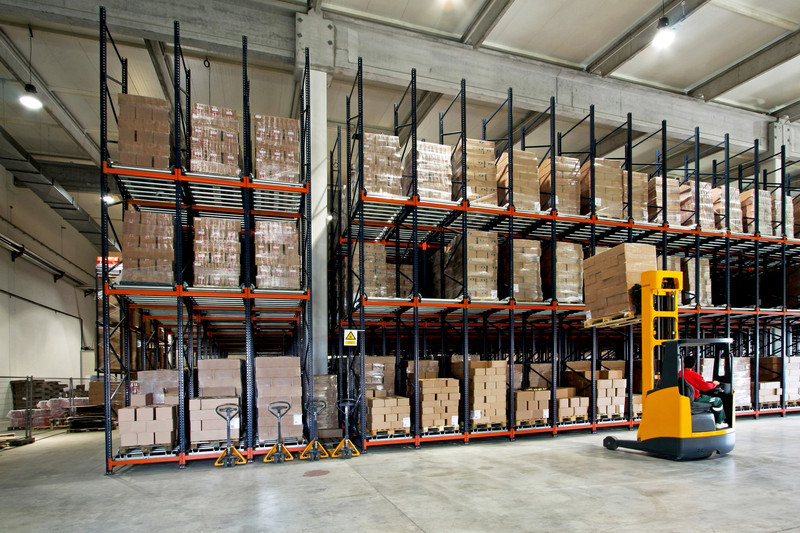Using “green” techniques when constructing a building or designing a business model is a healthy choice for the environment, but it’s also a terrific way to save money. One common structure common to many businesses is the warehouse, and recent innovations have created some excellent opportunities for operating with an eye toward recycling and the environment. Consider the following when building or renovating a green warehouse.
1. Create a company-wide program: Changing the culture of a business and its warehouse requires cooperation from everyone in the company. Design a program that will focus upon teamwork and company-wide changes as a way to implement an effective, green warehouse. A full green program will usually entail changes at many levels of the warehousing process, and it’s best to get all employees on the same page for an effective green campaign.
2. Recycle: The easiest way to step into the green arena is through recycling. Storage and fulfillment practices often leave behind highly recyclable items like mountains of cardboard and plastic, and these items may be taken to a local recycling center. Just about anything that isn’t Styrofoam should head into the recycling bin. Make it easy to recycle by providing containers on site for recycling collection.
3. Reuse: Items traditionally used in warehouses like pallets, cardboard, and boxes may be reused several times before they are no longer viable. Additionally, even after boxes lose their shape or aren’t suitable for packing, there are several uses for old cardboard, such as shredding it and using it as packing material. Additionally, lookup companies that sell used pallets, used IBC totes and other previously used equipment, it’ll save you money and keep your business green.
4. Conserve: A warehouse can be an incredible source of wasted energy. Although some warehouses operate all day and into the night, many locations don’t need lights on all the time. Ensure lights aren’t used when nobody is in the warehouse and consider installing high efficiency bulbs or LED lighting. Additionally, using light sensors that will turn lights off in portions of the warehouse when no movement is detected can save more energy (and money).
5. Avoid non-biodegradable materials: Although Styrofoam might keep an item incredibly protected and safe, this material isn’t recyclable and won’t biodegrade when tossed into a landfill. Try to avoid packing materials that can’t be recycled, but if plastic must be employed, make sure that it is reused if possible.
6. Don’t purchase new: There are ways to obtain needed materials that don’t require buying them brand new. Using resources like containerexchanger.com is an easy way to get less expensive industrial containers while also helping the environment through the reuse of materials.
7. Install advanced technology: Although certain technologies may require an initial investment, some green practices will reduce costs in a very short time. The large, flat roof of a warehouse is often a perfect spot to install solar panels. Alternatively, a warehouse may be topped with a “cool roof,” which reflects the sun’s energy and reduces the need to cool the warehouse with expensive air conditioning systems.
In an effort to reduce costs and increase efficiency, many companies have chosen to include green practices in standard storage, shipping, and fulfillment practices. Going green not only reduces costs associated with doing business, but a company can act as a role model within the industry as an example of a responsible company that cares about the environment.
7 Tips To Build A Green Warehouse For Your Business





